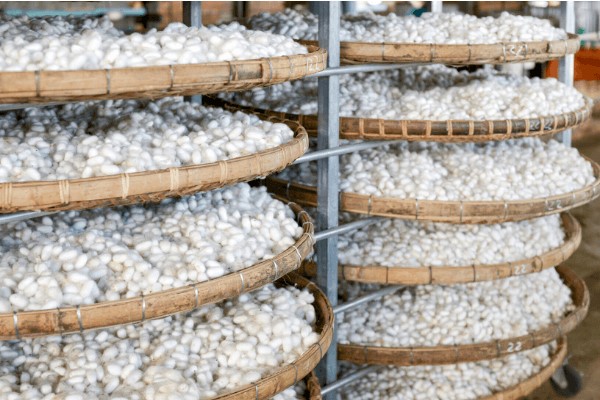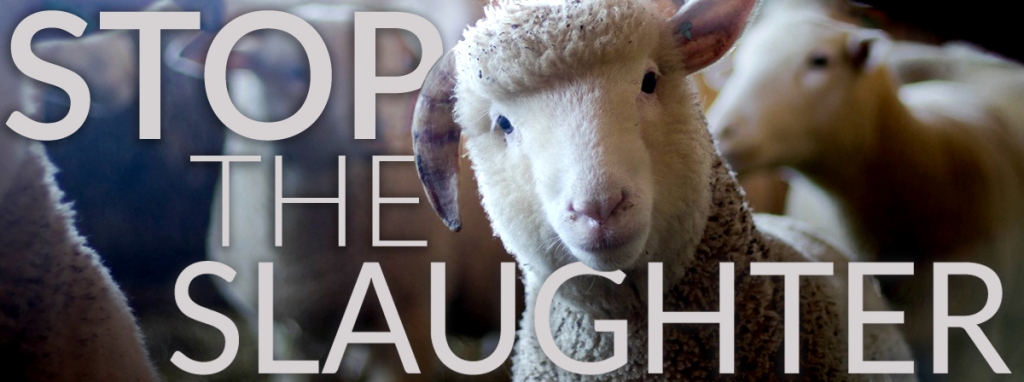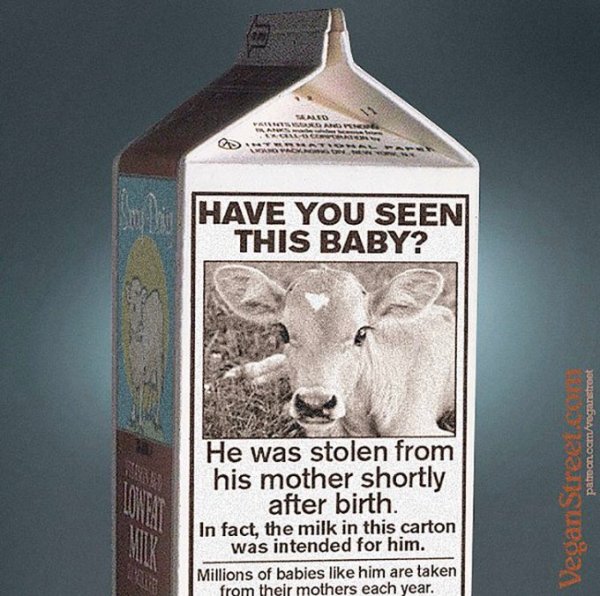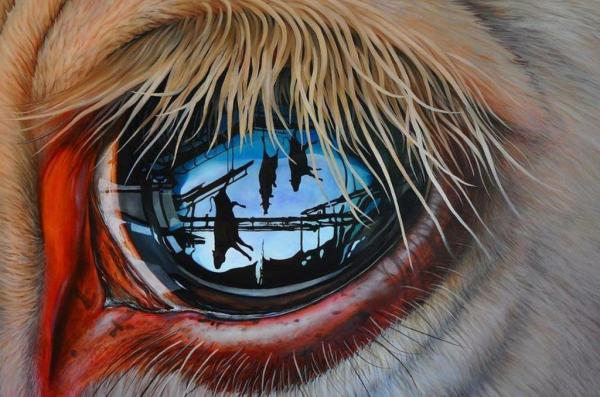The Dark and Disturbing World of Silk
Please note the initial Care2-specific links have been disabled by Care2, perhaps due to the age of the article, but the links that direct to other sources are intact; I included the above recent video for additional reference. Please also see Animals As Fabric by Be Fair Be Vegan.
Please also note that the original article contained a section about “peace silk” or “ahimsa silk” as a “humane alternative”, which is false considering exploitatively using any animal requires unwilling victims. I have therefore corrected that error by removing that statement. SL
Source Care2
By Abigail Geer
Care2 Editor’s note: This post is a Care2 favorite, brought back by popular demand. It was originally published on June 21, 2013.
It’s pretty obvious why some people choose not to eat meat or wear fur, but why someone wouldn’t use silk is just plain baffling to most. So here’s the deal.
When we think of silk we imagine beautiful gowns, delicate underwear and lavish furnishings, what we definitely don’t picture is live silk worms being plunged into vats of boiling water. And why would we? This certainly isn’t going to make us want to reach for our wallets, instead it is likely to make us reel with disgust.
The Plight of the Silk Worm
Just like cows, chickens and pigs, silk worms are domesticated, raised and bred on factory farms and are also killed by the hundreds of millions every year. To make one single pound of silk 2000-3000 worms have to be slaughtered.
Just prior to the metamorphosis stage where Bombyx Mori silk worms transform into moths, they spin fibers to create their cocoons. Naturally, the moth would chew its way out of this cocoon once the transformation is complete, but the problem this poses to the silk manufacturing industry is this natural development would result in chewed silk strands that are much shorter and less valuable than the intact cocoon. Which is why when the silk worms are in their pupa stage after being fed a strict diet of mulberry leaves, they are placed while still alive into boiling hot water, killing them and starting the process of unraveling the cocoon to produce silk.
Ahisma is another method of silk production that don’t include death for the silk worms. Although not resulting in death, there are still ethical issues surrounding the domestication and farming, such as adult moths being unable to fly because their bodies are too large and males unable to eat due to undeveloped mouth parts.
Some among us will try to claim that silk worms don’t matter and that they are just insects. While it’s true that we have a limited depth of understanding about insects, what we do know is that they have the capacity to feel and the right to live free from pain and suffering.
Other Alternatives
If you prefer to avoid animal products altogether (because why wouldn’t you? Please see Animals Are Not Ours To Wear for facts and alternative options. SL), there are other alternatives available. Lyocell, silk cotton, ceiba tree filaments and milkweed seed pod fibers are all eco friendly options worth exploring.
The dark and disturbing world of silk worms isn’t one that gets much media coverage, because the industry believes that we simply don’t care enough to care, but that doesn’t have to be the case. You can reject these inhumane practices and opt to buy cruelty free alternatives instead. We do not need to exploit insects, or any other animal for that matter, and no amount of whitewashing will justify using these tiny beings as resources for our own ends.
Download Your FREE Vegan PDF HERE
Order a FREE vegan kit HERE
Dairy-Free Info HERE
Take the Dairy-Free Challenge HERE
Click HERE for more Dairy-Free
Fish alternatives can be found HERE
Learn about eggs HERE
Find bacon alternatives HERE and HERE
Take PETA’s Cruelty-Free Shopping Guide along with you next time you head to the store! The handy guide will help you find humane products at a glance. Order a FREE copy HERE
Searching for Cruelty-Free Cosmetics, Personal-Care Products, Vegan Products, or more?
Click HERE to search.
Free PDF of Vegan & Cruelty-Free Products/Companies HERE
Click HERE to find out How to Wear Vegan
Want to do more than go vegan? Help others to do so! Click below for nominal, or no, fees to vegan literature that you can use to convince others that veganism is the only compassionate route to being an animal friend:
PETA HERE
Vegan Outreach HERE
Get your FREE Activist Kit from PETA, including stickers, leaflets, and guide HERE
silk…to some a luxurious treat,
but in reality it is a web
of deceit!














































silk…to some a luxurious treat,
but in reality it is a web
of deceit!
LikeLike
Wonderful, I love it, thanks, hon!
LikeLike
You are welcome and thank you.
LikeLike
Reblogged this on Ann Novek–With the Sky as the Ceiling and the Heart Outdoors.
LikeLike
Reblogged this on Wolf Is My Soul.
LikeLike
Reblogged this on The Monsters Among Us and commented:
Thanks Stacey
LikeLike
I had no idea that silk was cruel. It is a pity that insects are often overlooked when it comes to animal rights.
LikeLike
Thank you so much.
LikeLike
You are quite welcome. Thank YOU for opening my eyes.
LikeLike
Reblogged this on "OUR WORLD".
LikeLike